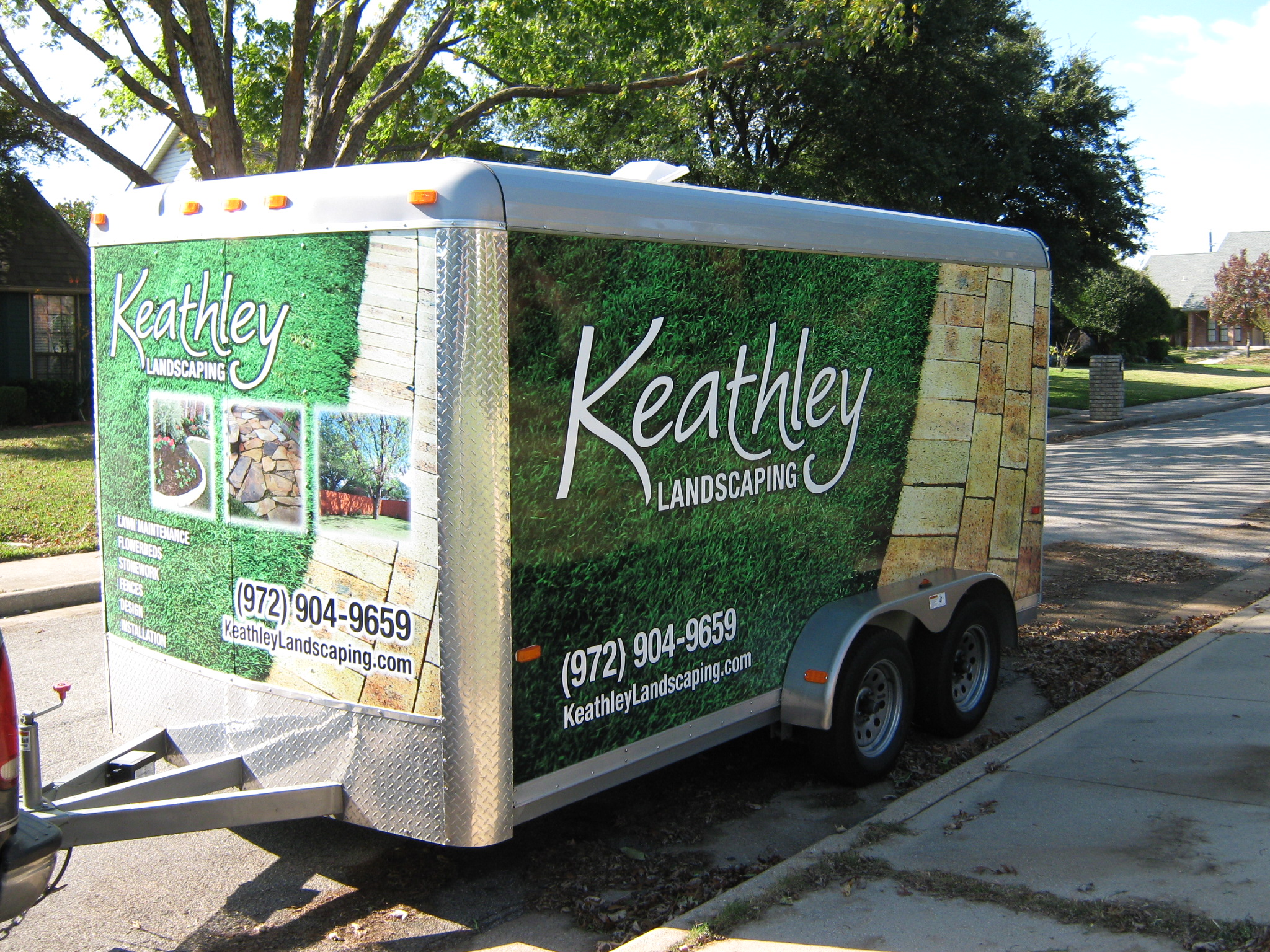Understanding Yard Drainage Regulations in Your Area
When it comes to maintaining a healthy and beautiful yard, understanding the local drainage regulations is crucial 🌿. Not only does it help in protecting your property, but it also ensures you’re compliant with local laws. Dive into this guide to learn everything you need to know about yard drainage regulations in your area.
Table of Contents
1. Introduction to Yard Drainage Regulations
2. Why Are Drainage Regulations Important? 🌧️
3. Key Elements of Yard Drainage Regulations
4. Steps to Ensure Compliance
5. Common Challenges and Solutions
6. Conclusion
7. FAQs
Introduction to Yard Drainage Regulations
Yard drainage might not be the most glamorous topic, but it’s essential. Whether you’re setting up a new garden or maintaining an existing one, understanding local drainage laws can save you from future headaches. These regulations vary significantly depending on where you live, so let’s break it down!
Why Are Drainage Regulations Important? 🌧️
Proper drainage prevents water from accumulating and causing damage to your property and neighborhood. It helps in:
– **Preventing Floods:** Poor drainage can lead to flooding, damaging not only your property but also your neighbor’s.
– **Protecting Ecosystems:** Good drainage systems help in maintaining local ecosystems by preventing harmful runoff into natural water bodies.
– **Legal Compliance:** Non-compliance with drainage regulations can result in fines or legal action.
Key Elements of Yard Drainage Regulations
Here are some common elements you might encounter in your local yard drainage regulations:
– **Permits:** Some areas require permits for significant landscape changes, especially those affecting drainage.
– **Setback Requirements:** Regulations may dictate how far drainage systems must be from property lines.
– **Water Flow:** Rules often exist regarding where and how water can flow off your property.
– **Environmental Protection:** There may be specific guidelines to protect local flora and fauna.
Steps to Ensure Compliance
To ensure you’re following your area’s drainage regulations, consider these steps:
1. **Research Local Laws:** Start by checking your city or county’s website for specific regulations.
2. **Consult a Professional:** When in doubt, hire a local landscape architect or civil engineer to review your plans.
3. **Plan Your Yard Design:** Incorporate drainage-friendly designs like rain gardens or permeable pavements.
4. **Regular Maintenance:** Keep your drainage systems clear of debris to ensure they function correctly.
Common Challenges and Solutions
Even with the best intentions, drainage issues can arise. Here’s how to tackle some common problems:
– **Clogged Drains:** Regularly clean gutters and drainage channels to prevent blockages.
– **Standing Water:** Address low spots in your yard by regrading or installing French drains.
– **Neighbor Disputes:** Open communication with neighbors can help resolve issues related to water runoff.
Conclusion
Understanding and complying with yard drainage regulations is vital for protecting your home and the environment. By staying informed and proactive, you can create a beautiful and compliant outdoor space that benefits everyone 🌱.
FAQs
1. How do I find out about drainage regulations in my area?
Check your local government’s website or contact your city’s planning or public works department for specific information.
2. What happens if I ignore drainage regulations?
Ignoring these regulations can result in fines, legal issues, and potential damage to your property and surrounding areas.
3. Can I handle yard drainage issues myself, or do I need a professional?
While minor issues can often be handled yourself, consulting a professional is recommended for larger projects to ensure compliance and effectiveness.
4. Are there eco-friendly drainage solutions?
Yes! Consider using rain gardens, permeable pavements, and native plantings to enhance drainage naturally.
5. How often should I check my drainage systems?
Regularly inspect your drainage systems, especially after heavy rains, to ensure they are functioning correctly and are clear of debris.






































Recent Comments